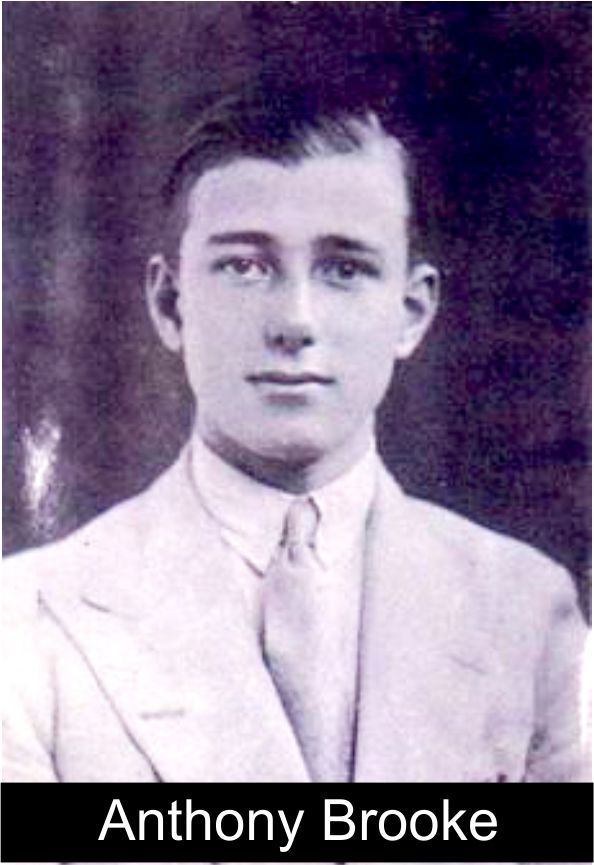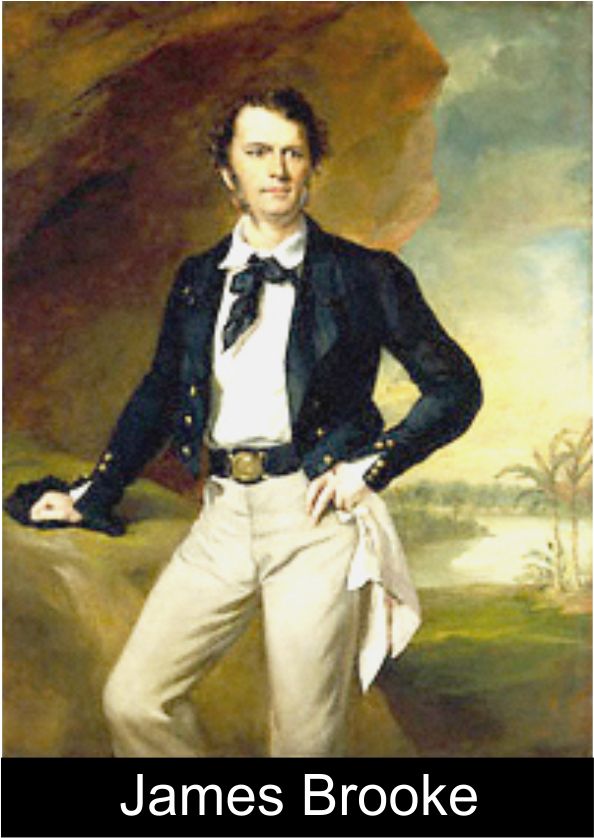 |
Born near Benares, India in 1803, as a result of a liaison between an East India Company judge and an Indian mistress.
Died in 1868 as the first White Rajah of a family dynasty in Sarawak. James Brooke had such an amazing journey through life.
Brooke made his first appearance in the South East Asian region in 1839 at the helm of his vessel, the Royalist when it docked at Singapore. He had publicized his voyage as a scientific expedition, but he envisaged trade in the Borneo and Celebes area.
As a younger man, he had read about the exploits of Stamford Raffles and he became fascinated with Sarawak, which was outside of the Anglo-Dutch spheres.
At this time Sarawak was under the control of the Sultan of Brunei and there was a rebellion against the Sultan. |
|
While scouting for trading opportunities, Brooke met and befriended Rajah Muda (Crown Prince) Hashim, whom the sultan had instructed to restore order. Brooke helped the Rajah Muda in putting down the rebellion in return for being made Governor of a small area of what is now Sarawak, with the condition that he not interfere with religion, not separate from Brunei and pay an annual tribute of £ 2500. One of the first things he did as Governor was to outlaw headhunting. Piracy was rife and ironically he allowed headhunting to eliminate the Philippine pirates, in the process claiming a bounty for each head eventually amounting to £ 20,700. |
|
Brooke built a bungalow on the Sarawak River and Land Dayak followers set up camp next to him. This attracted coastal (Sea) Dayaks to settle near Kuching and Chinese traders soon followed.
Forts were built for protection and to collect taxes. In 1846 there was further trouble for Brunei and Rajah Muda Hashim was murdered.
James was responsible for sending the Royal Navy to aid the Sultan in regaining his power and in return he was made Rajah of Sarawak, whose territory expanded continually. |
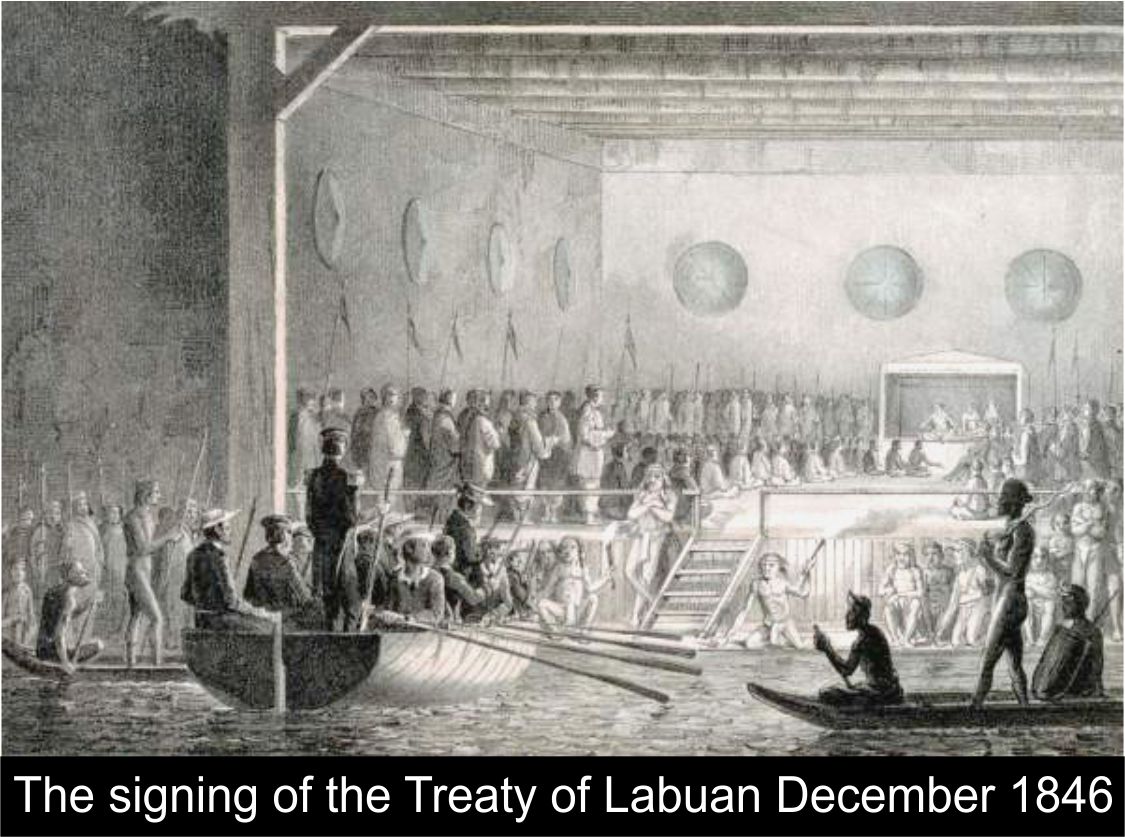 |
|
1847 saw him return to England to receive a knighthood from Queen Victoria. Back in Sarawak, Brooke continued development to benefit the indigenous peoples.
Sarawak was divided into districts and Brooke recruited young Europeans to administer these areas for 12-year periods. Missionaries were permitted to establish schools and churches. |
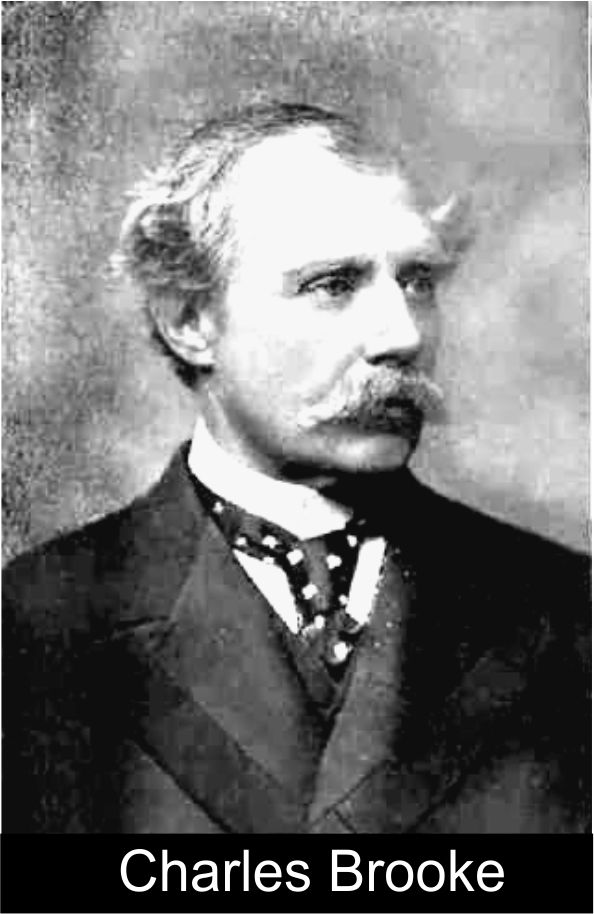 |
By 1854 after a bout of smallpox, James’ health began to decline. In 1857 gold miners rebelled over the taxation of opium and they no longer wanted a British ruler.
Brooke’s home was burned and he escaped by swimming across the river being rescued by his nephew, Charles. Another nephew, Brooke Brooke, was named Rajah Muda in 1859, but was later banished from Sarawak in 1863.
At this point, the Rajah, James Brooke returned to a home he had established in Devonshire, where he died in 1868.
In 1865, Brooke declared his sister’s son, Charles Brooke, the Rajah Muda, and he became became the Rajah on the death of James.
Charles married the first Ranee of Sarawak, Margaret in 1868. His wedding gift to her was the rebuilt Astana, known as Fort Margherita. Their marriage produced two boys Vyner and Bertram. |
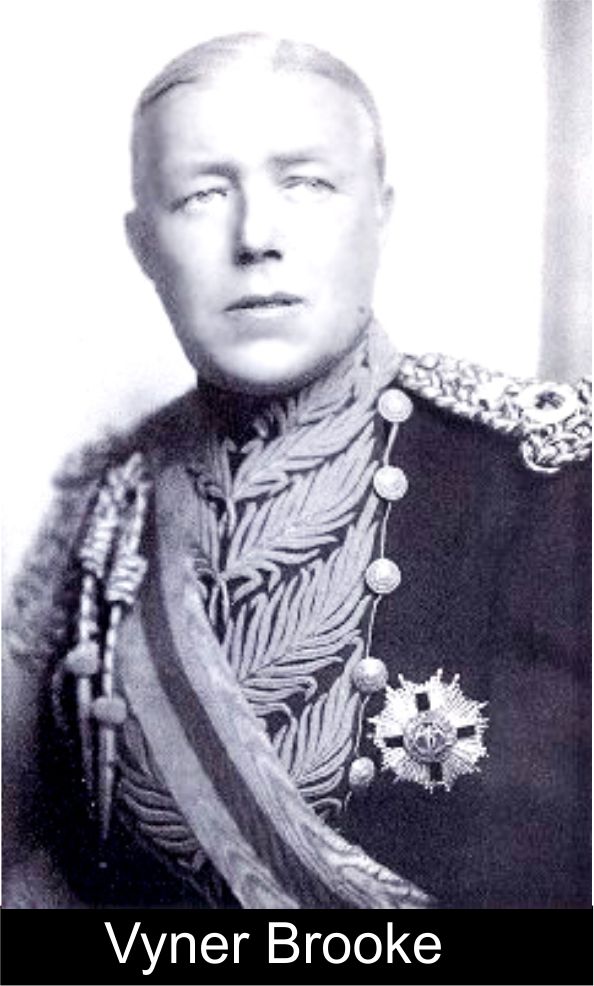 |
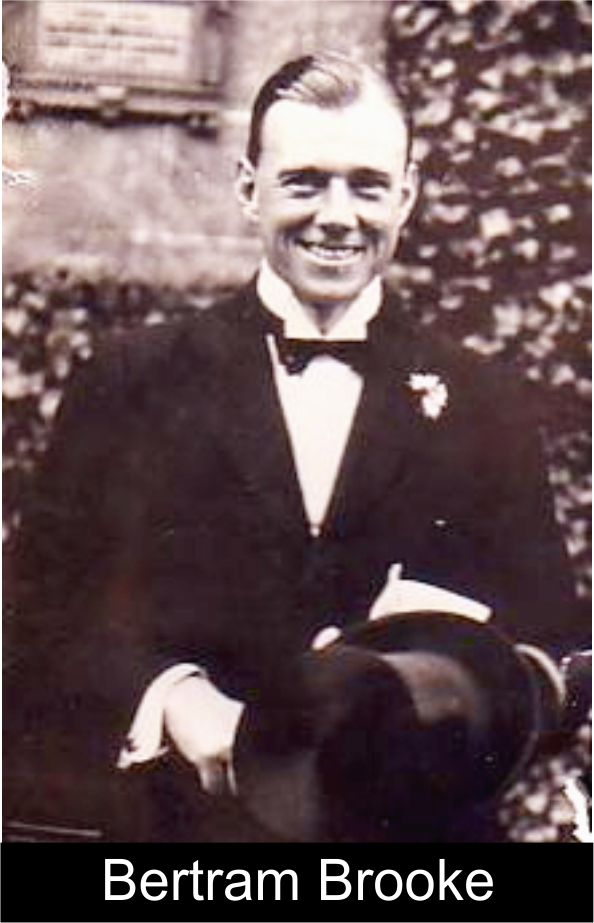 |
On Charles’ death in 1917, a unique system of ruling was established with Vyner and Bertram sharing the role of Rajah of Sarawak. Although Vyner was designated as the Rajah, he caught pneumonia and subsequently spent more time in England than in Kuching.
So in his absence Bertram was in charge on a six month on and six month off basis. This arrangement lasted until 1941, when the Japanese invaded and occupied the land. |
Throughout the reign of the White Rajahs, Sarawak progressed with Kuching becoming the capital. A code of laws was introduced, including banning headhunting, slavery and piracy. Railways were established as was a steamship line, newspapers were set up, rubber was introduced and the usual civilian amenities were set up; schools, courts, hospitals, roads and so on.
The Brookes were known to have been fluent in Malay, to respect the local cultures, and generally to have been sympathetic to and protective of the indigenous population. |
||
|
****** MCG is grateful to Angela for sharing her time and knowledge with us. At the beginning of her presentation, she mentioned that she found that the history of the White Rajahs was not well known locally. Her presentation raised all of us present to an entirely new level. Now we know all the facts (and all the gossip about the final generation) of a remarkable family.
Submitted by:
Leslie Muri, 2015 |





